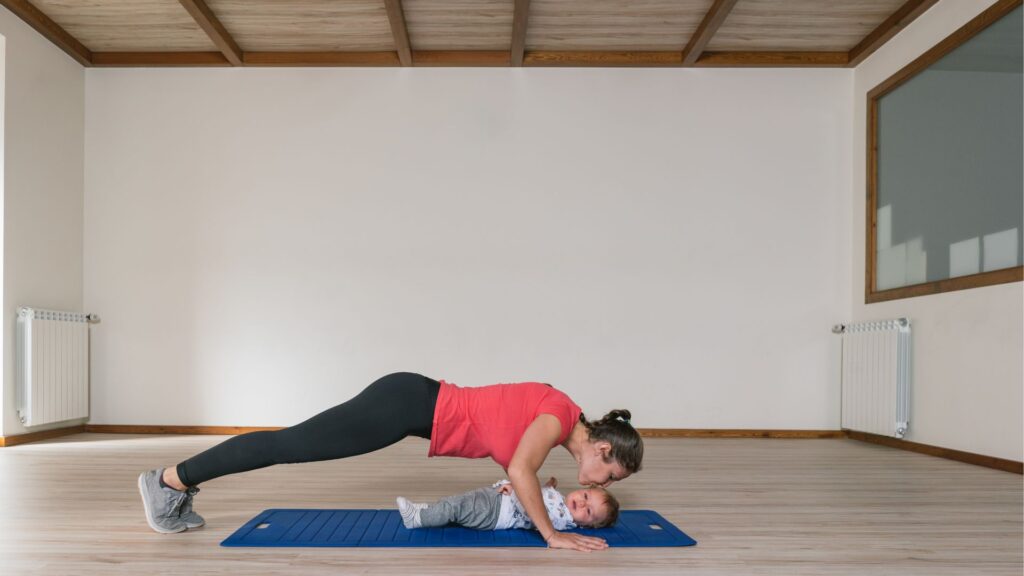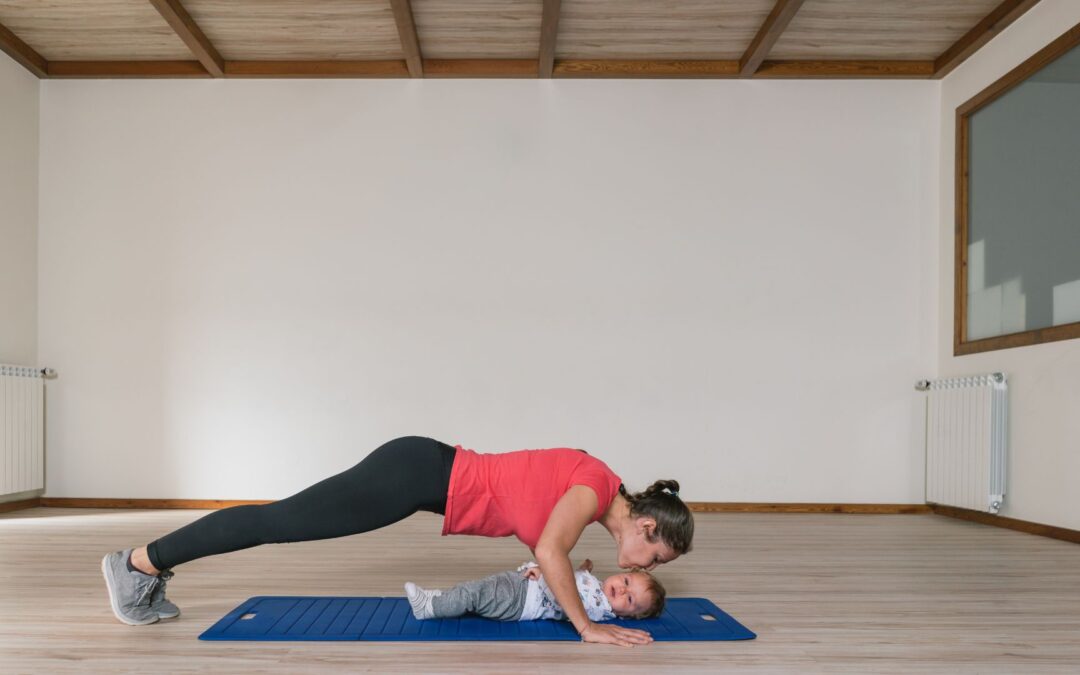
Before starting any exercise routine, especially for your back, it’s wise to review My First Visit guidelines. Chiropractors emphasize the importance of core stability for spinal health. A strong, balanced core supports your spine, reduces pain, and improves posture.
In this blog, we’ll explore the anatomy of the core, why core strength matters, and easy exercises that anyone can safely integrate into their daily routine.
Understanding Your Core
The “core” is more than just abdominal muscles. It includes a complex network of muscles that stabilize your spine and pelvis:
- Rectus Abdominis – the “six-pack” muscle, flexes the spine
- Transverse Abdominis – deep stabilizer that compresses the abdomen
- Obliques (Internal and External) – rotate and side-bend the torso
- Erector Spinae – supports the spine along its length
- Multifidus – small deep muscles that stabilize each vertebra
- Pelvic floor and diaphragm – contribute to intra-abdominal pressure and spinal stability
These muscles work together to maintain proper alignment during movement, prevent injury, and allow smooth, pain-free motion.
Why Core Strength Matters for Your Spine
A weak core can lead to:
- Lower back pain and stiffness
- Poor posture and spinal misalignment
- Increased risk of disc injuries and herniation
- Difficulty performing everyday tasks
Strengthening your core enhances spinal support, reduces the burden on ligaments and joints, and complements chiropractic adjustments.
Easy Core Moves You Can Do Daily
Here’s a progressive five-move routine suitable for beginners and advanced users:
1. Pelvic Tilts
- Lie on your back with knees bent, feet flat on the floor
- Gently tilt your pelvis to flatten the lower back against the floor
- Hold 3–5 seconds, repeat 10–15 times
Benefits: Activates deep stabilizers like the transverse abdominis and reduces lumbar stiffness.
2. Dead Bug
- Lie on your back, arms extended toward the ceiling, knees bent at 90°
- Slowly lower opposite arm and leg toward the floor while keeping the lower back pressed to the floor
- Alternate sides, 10 reps per side
Benefits: Improves coordination and deep core activation without straining the spine.
3. Bird Dog
- Begin on hands and knees, keeping spine neutral
- Extend opposite arm and leg, hold 3–5 seconds, then switch
- 10 repetitions per side
Benefits: Enhances lumbar and multifidus stability, key for spinal support during movement.
4. Side Plank
- Lie on your side, elbow under shoulder, legs stacked
- Lift hips off the floor, hold 20–40 seconds, repeat both sides
Benefits: Strengthens obliques and lateral spine stabilizers, supporting posture.
5. Bridge Pose
- Lie on your back, knees bent, feet hip-width apart
- Lift hips toward the ceiling, engage glutes and core, hold 5 seconds, lower slowly
- Repeat 10–15 times
Benefits: Activates glutes, hamstrings, and lower back stabilizers, crucial for daily spinal health.
Tips for Safe Core Training
- Warm-up: Gentle movements like cat-cow or light walking prepare muscles
- Focus on form: Proper alignment is more important than quantity
- Breathe: Exhale during exertion, inhale during relaxation
- Progress gradually: Increase repetitions and hold times as strength improves
- Listen to your body: Stop if you feel pain beyond mild muscle fatigue

Integrating Core Work With Chiropractic Care
Chiropractors often recommend combining core strengthening with adjustments for:
- Faster recovery from lower back or neck pain
- Reduced recurrence of injuries
- Enhanced posture and athletic performance
By maintaining spinal alignment and strong supporting muscles, your core routine maximizes the benefits of chiropractic adjustments and promotes long-term spinal health.
Final Thoughts
Strong, stable core muscles are essential for a happy spine. These easy exercises can be done daily and require minimal equipment. Consistency is key: even 5–10 minutes each morning can make a difference.
Start building a healthier spine today — schedule your appointment through Contact or Visit.
